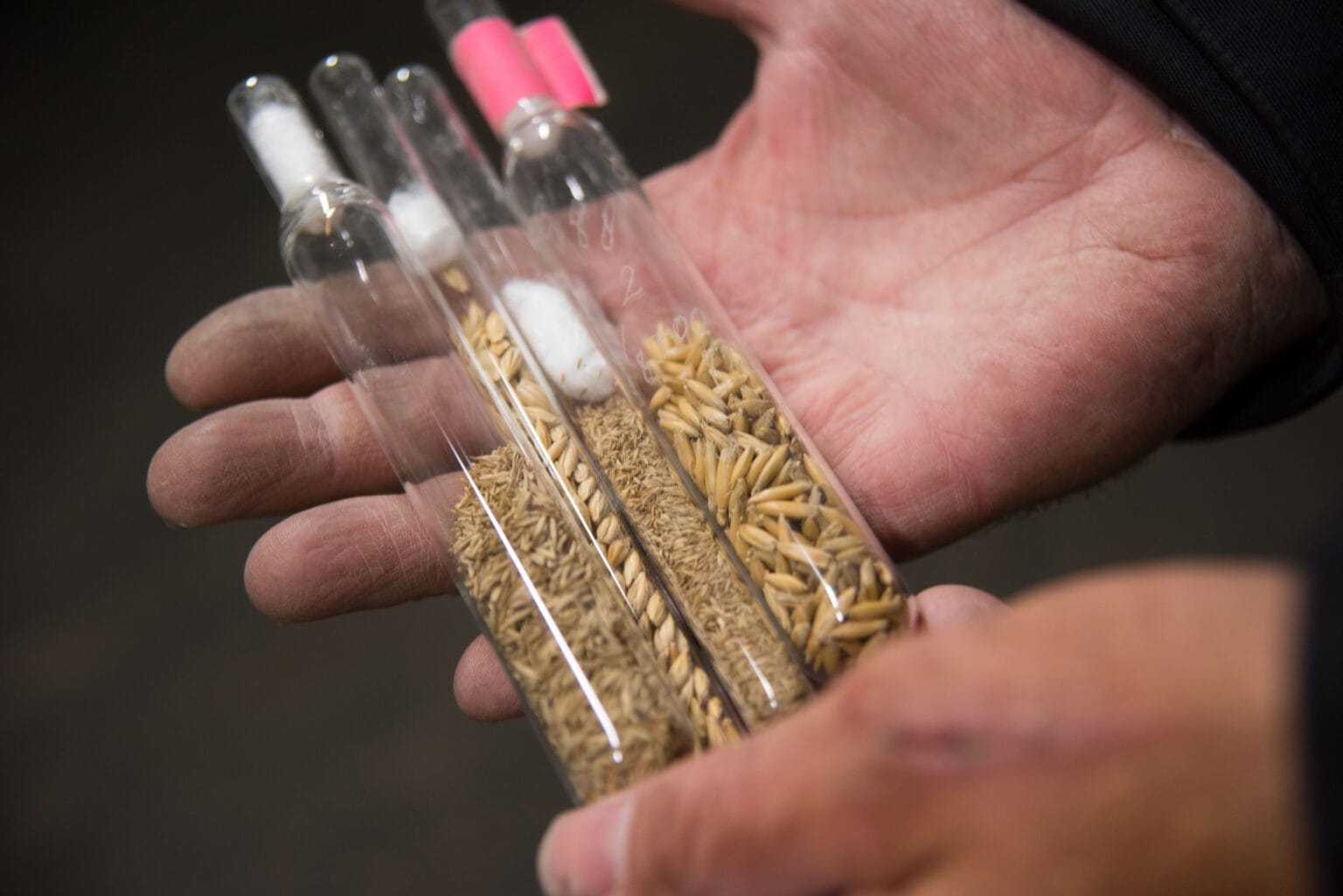On February 25, 2025, more than 100,000 seeds from 177 African species were deposited in the Svalbard Global Seed Vault in Norway. This operation, led by the Center for International Forestry Research and the World Agroforestry (CIFOR-ICRAF), aims to preserve agricultural biodiversity and strengthen resilience to climate change.
### A Vault for Plant Biodiversity
Nestled on the island of Spitsbergen, beyond the Arctic Circle, the Svalbard Global Seed Vault plays a crucial role in conserving the genetic heritage of crops. Established in 2008, its mission is to protect essential plant varieties against environmental crises, conflicts, or natural disasters. With a storage capacity of 4.5 million types of seeds, it serves as a backup for seed banks around the world.
This project is funded by the Norwegian government and the Global Crop Diversity Trust (Crop Trust), with support from international actors in the agri-food and environmental sectors. It aligns with the UN Sustainable Development Goals, particularly the eradication of hunger and the fight against climate change.
### Preserving Seeds, A Strategic Challenge
In the face of genetic diversity erosion caused by agricultural intensification and climate disruptions, seed conservation becomes an essential lever to ensure food security. It allows for:
– **Better agricultural resilience**: by preserving varieties adapted to local climatic conditions.
– **Protection against the homogenization of crops**: thus reducing vulnerability to diseases and pests.
– **Transmission of plant heritage**: essential for maintaining traditional agricultural practices.
– **Independence from multinational seed companies**: by ensuring access to local genetic resources.
The example of the war in Syria illustrates the importance of this initiative: in 2015, seeds stored in Svalbard allowed for the reconstruction of the Aleppo Gene Bank after its destruction.
### A Significant Deposit for Africa
The recent African contribution to the Svalbard Vault represents one of the largest deposits ever made by an institution from the continent. Under the supervision of Dr. Éliane Ubalijoro, Director General of CIFOR-ICRAF, these seeds will play a key role in restoring ecosystems and adapting to climate change.
Among the conserved species are:
| **Species** | **Ecological and Agricultural Role** |
|————————–|————————————————————–|
| *Faidherbia albida* | Enriches soils with nitrogen, promoting sustainable agriculture. |
| *Acacia polyacantha* | Medicinal plant and source of fodder for livestock. |
| *Adansonia digitata* | The African baobab, known for its nutritional and medicinal properties. |
| *Sesbania sesban* | Improves soil fertility and promotes agroforestry. |
| *Cordia africana* | Essential for reforestation and forest conservation. |
By protecting these resources, Africa equips itself with a strategic tool to ensure the future of its agriculture and preserve the richness of its ecosystems. These seeds could be invaluable for future generations, particularly in the fight against desertification and food insecurity.
Source: [rse-magazine.com](https://www.rse-magazine.com/conservation-des-semences-100-000-graines-africaines-rejoignent-la-reserve-mondiale-de-svalbard/)


